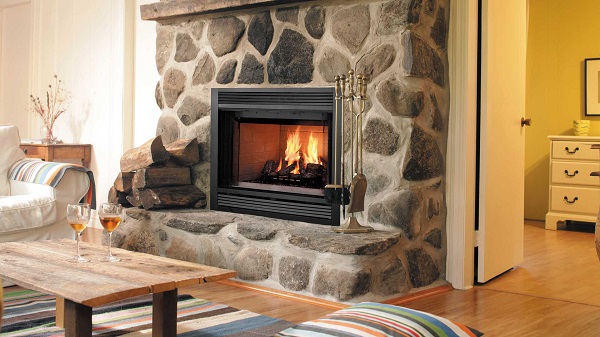Ugh, the dreaded paint splatter! Whether you’re a seasoned DIYer or a weekend warrior, accidental paint drips on your beautiful hardwood floors can send shivers down your spine. Fear not, fellow home warriors! Reclaiming your floor’s pristine look is achievable with the right tactics. This guide equips you with safe and effective methods to remove paint, while offering valuable insights for both beginners and experienced home improvers.
Understanding Your Enemy: The Paint Type Matters
Before diving into removal strategies, a crucial first step is identifying the paint culprit. Here’s a quick breakdown of the two main types:
- Water-Based Paint: The good news? This is the most common type and is generally easier to remove. Evaluating different water-based systems and organic solvents, as highlighted in a study from November 2023, emphasizes the benefits of switching to water-based methods for environmental and health reasons.
- Oil-Based Paint: While these paints offer superior durability, they require a stronger solvent for removal. Oil-based paints are less common nowadays but may still be found in older homes.

Gentle Warriors: Techniques for Less Stubborn Paint
For fresh spills or water-based paint mishaps, try these gentle methods first:
- Warm Soapy Water: This age-old solution works wonders for many water-based paints. Mix a few drops of dish soap in warm water, dampen a soft cloth, and gently rub the affected area. Work with the wood grain to avoid scratching.
- Plastic Putty Knife: For thicker spills, carefully scrape away excess paint with a plastic putty knife. Opt for a plastic tool to avoid damaging the wood’s surface.
Related: Tips for Painting a Ceiling
Calling in the Reinforcements: Tackling Tougher Paint
If gentle methods don’t suffice, consider these solutions, but with caution:
- Rubbing Alcohol and Lemon Juice: This effective combination can soften stubborn paint. Mix 3 parts rubbing alcohol with 1 part lemon juice. Apply with a damp cloth, letting it sit for a few minutes before wiping clean.
- Important Note: Always test on an inconspicuous area first, as this solution can be slightly abrasive.
- Mineral Spirits: For oil-based paint, mineral spirits are a strong solvent, but require proper ventilation and caution due to their fumes. Wear gloves and a respirator, apply a small amount to a rag, and work in a well-ventilated area.
Expert Tips for Flawless Restoration
- Always Test First: No matter the method, apply it to a hidden area of the floor first to ensure it doesn’t discolor the wood.
- Work in Sections: Tackle the paint removal into manageable sections to prevent the solution from drying too quickly.
- Patience is Key: Removing paint effectively often requires multiple passes with gentle pressure. Rushing the process can damage the wood.
- Consider Professional Help: For extensive paint removal or very old paint, consulting a professional floor refinisher might be the best course of action, particularly for valuable or antique floors.
The Takeaway: Restoring Your Hardwood Floor’s Beauty
With the right knowledge and approach, you can conquer those pesky paint spills and restore your hardwood floors to their former glory. Remember, prevention is always better than cure. When painting, use drop cloths generously and clean up spills immediately. By following these tips and techniques, you can ensure your hardwood floors continue to add warmth and beauty to your home for years to come.




